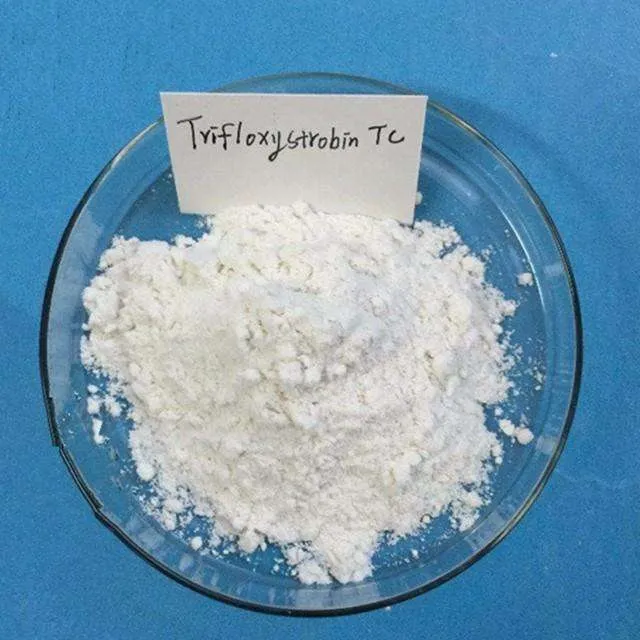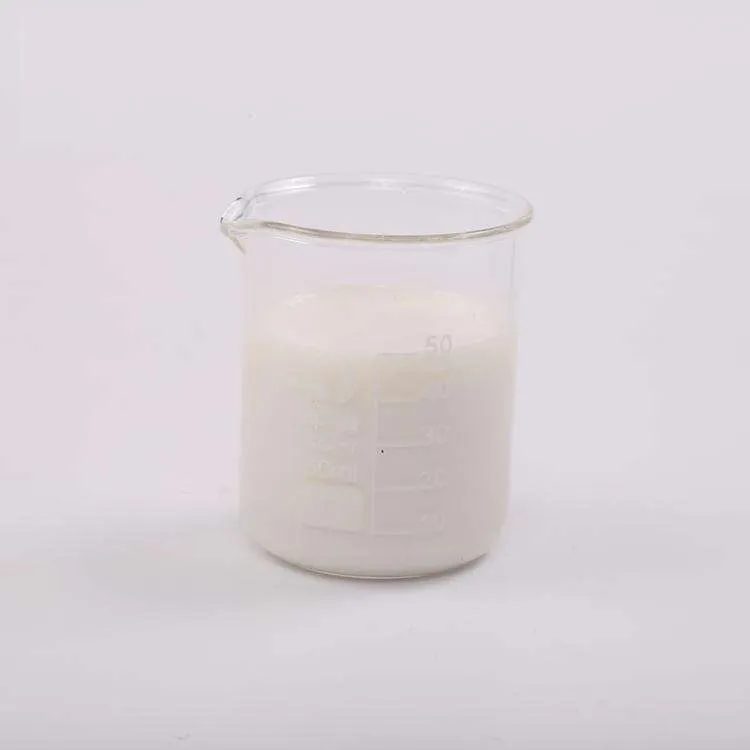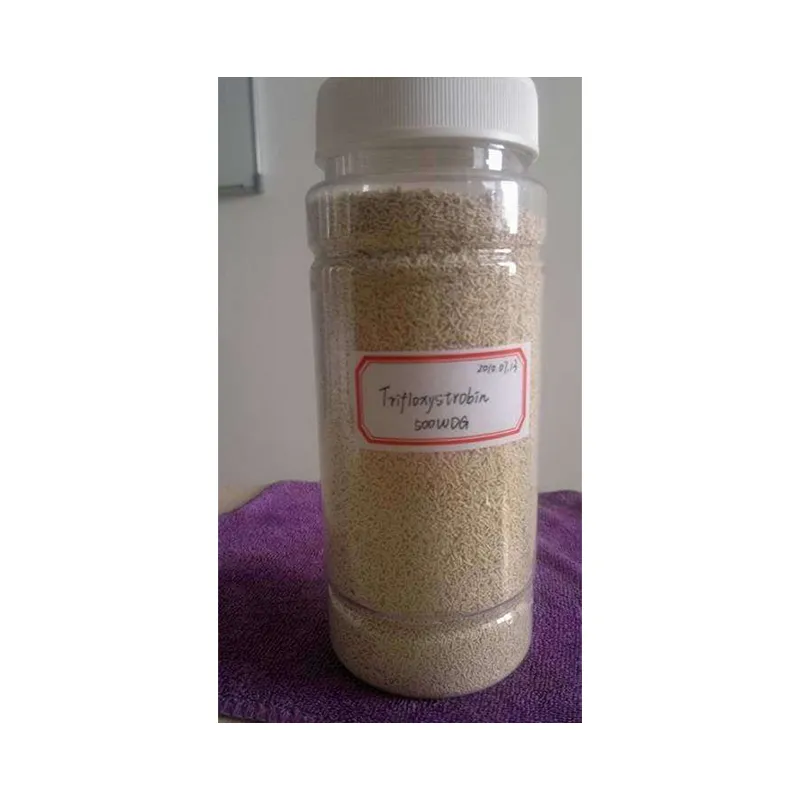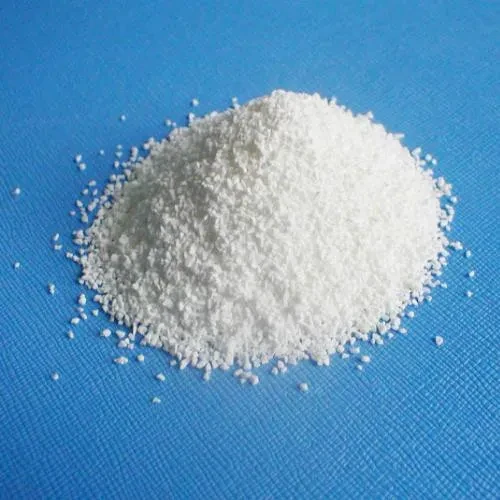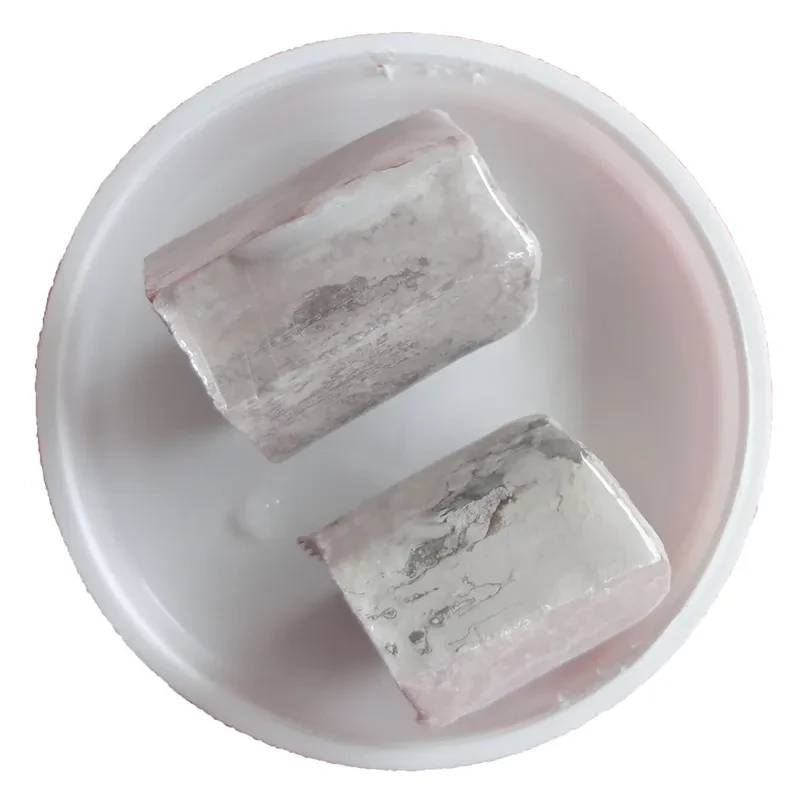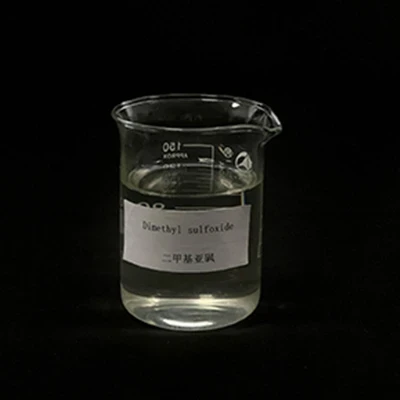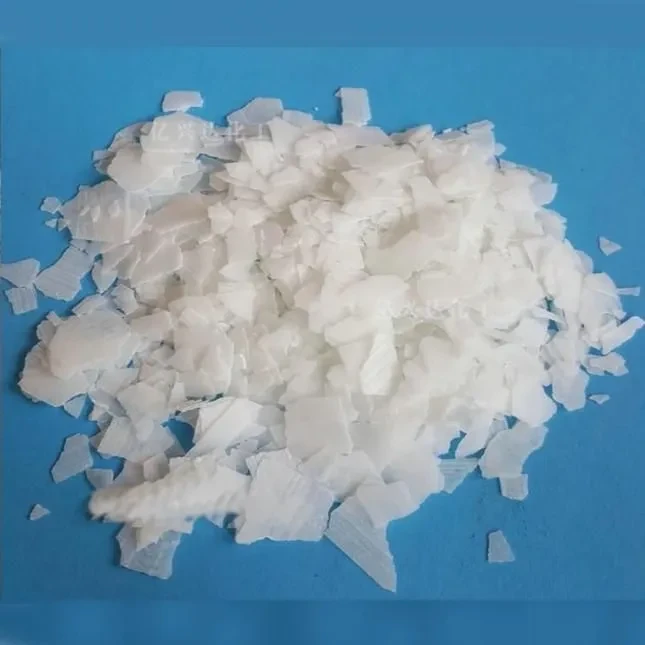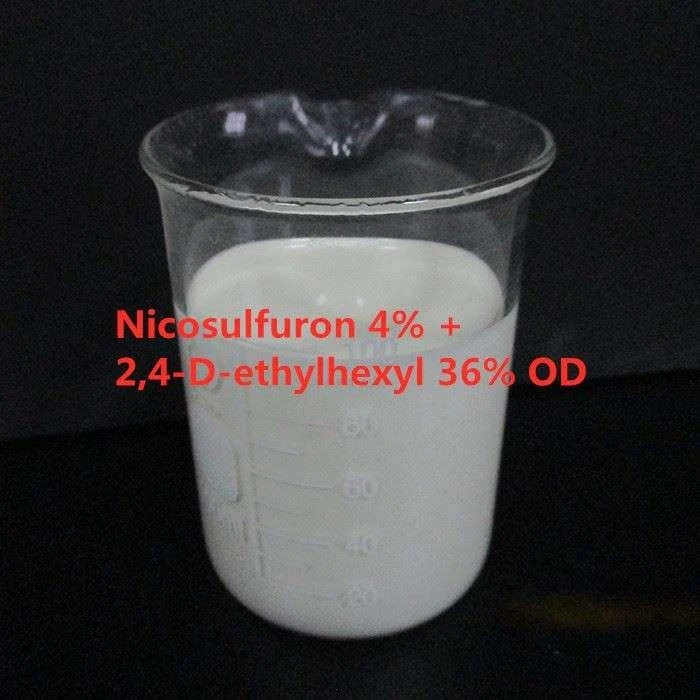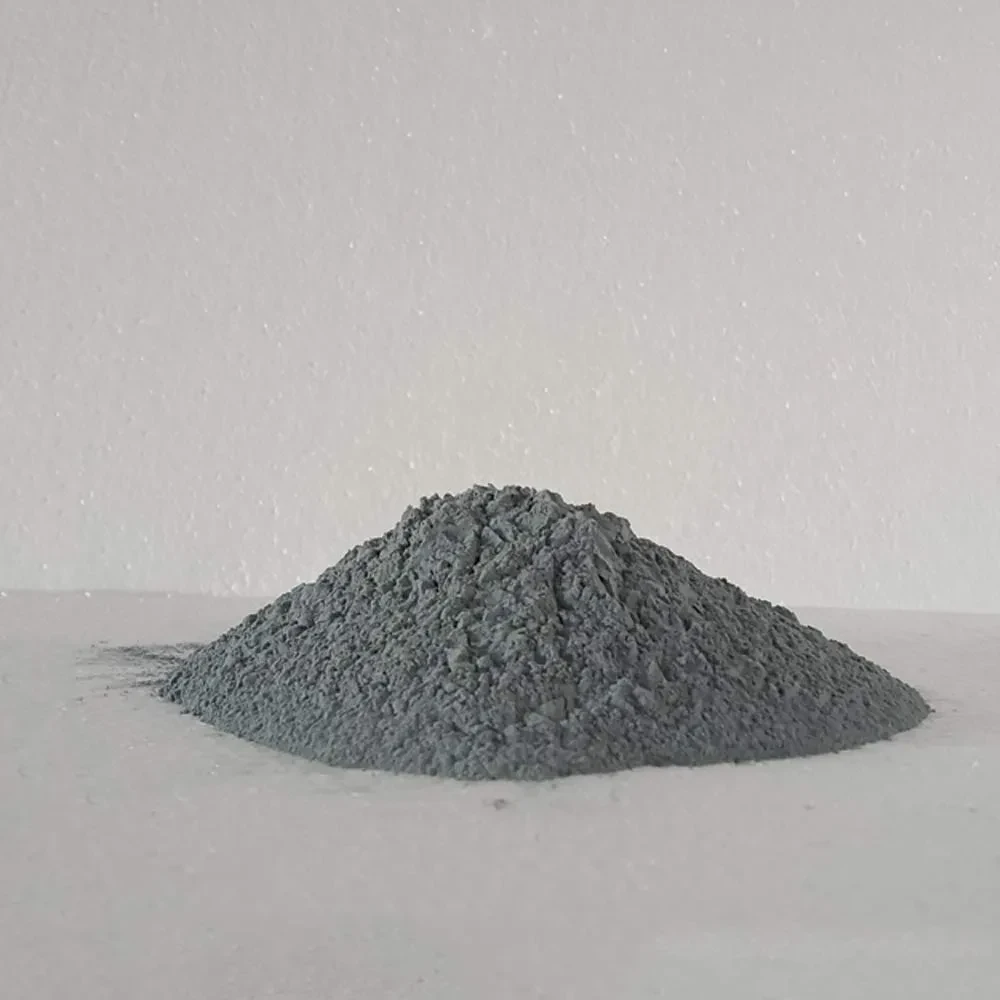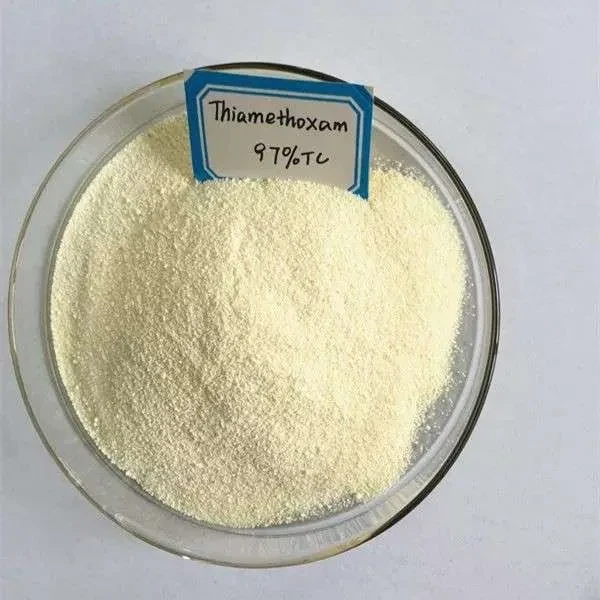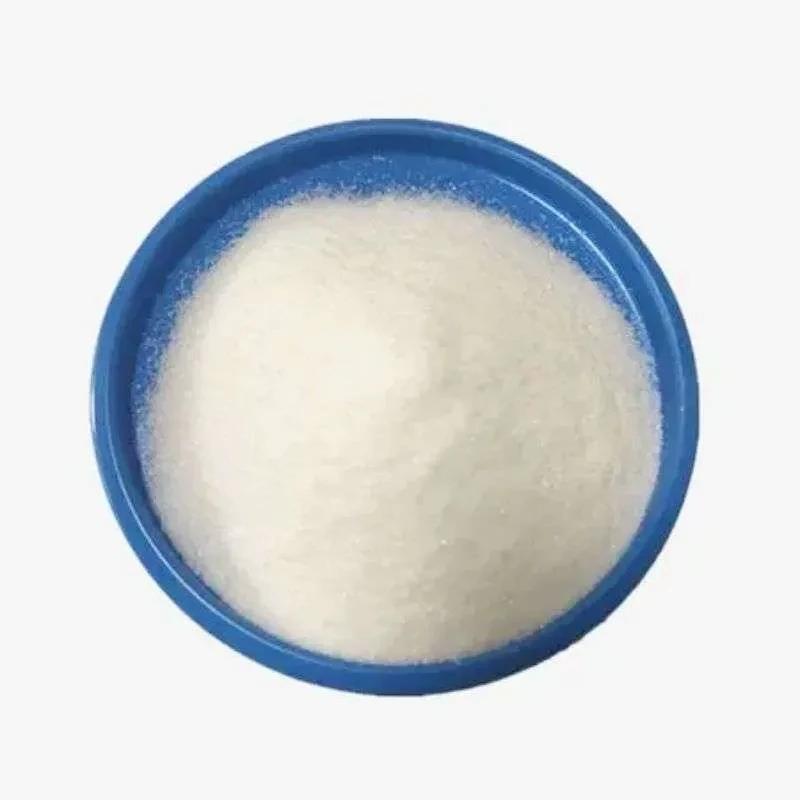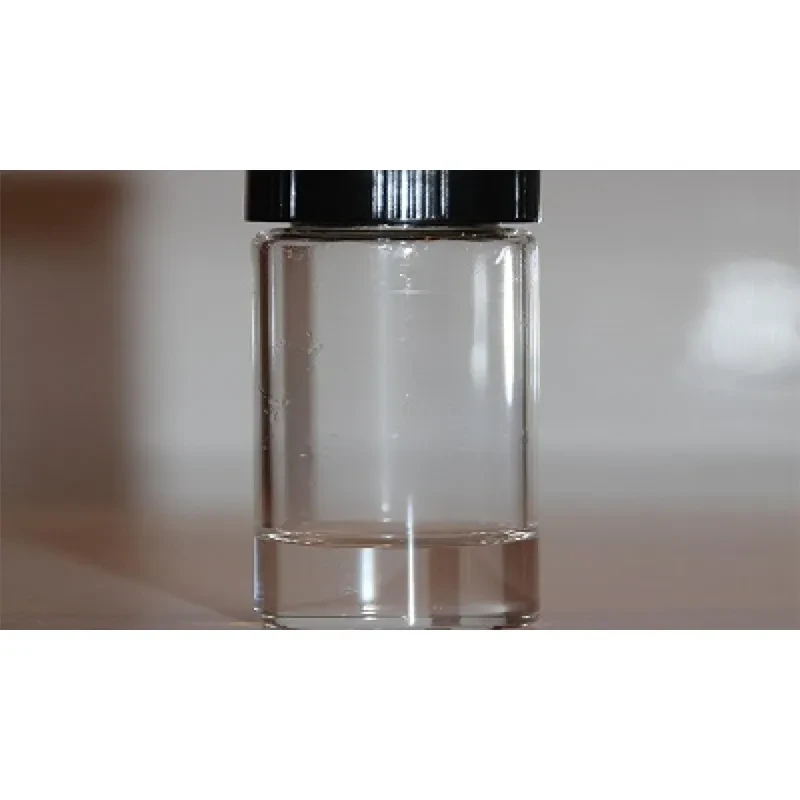CAS: 141517-21-7
MF: C20H19F3N2O4
MW: 408.37
EINECS: 480-070-0
|
Melting point |
72.9° |
|
Boiling point |
bp~312° |
|
density |
1.21±0.1 g/cm3(Predicted) |
|
Flash point |
>70 °C |
|
boiling point |
Decomposes before boiling |
|
storage temp. |
Sealed in dry, 2-8°C |
|
solubility |
Chloroform: Slightly Soluble; Methanol: Slightly Soluble |
|
form |
Solid |
|
color |
White to off-white |
|
Stability: |
Hygroscopic, Moisture Sensitive |
|
Hazard Codes |
|
|
Risk Statements |
43-50/53 |
|
Safety Statements |
24-37-46-60-61 |
|
RIDADR |
UN3077 9/PG 3 |
|
WGK Germany |
2 |
Trifloxystrobin is a synthetic derivative of the naturally occurring strobilurins found in several genera of wood-decaying fungi such as Strobilurus tenacellus. It is a strobilurin foliar fungicide. Trifloxystrobin inhibits mitochondrial respiration by blocking electron transfer within the respirator chain. Therefore, trifloxystrobin is a potent inhibitor of 2 fungal spore germination and mycelial growth. It has a high level of activity against many fungal pathogens within the Ascomycete, Deuteromycete, Basidiomycete, and Oomycete classes.
Pests controlled by trifloxystrobin include grape and cucurbit powdery mildew, apple scab and powdery mildew, peanut leafspot, and brown patch of turfgrass. It could be applied to cereals, ornamental, vegetables (carrots, asparagus, cucurbits, fruiting vegetables, root vegetables (except radish)), fruits (apples, pears, grapes, strawberries) and tropical crops. Agricultural fungicide. Trifloxystrobin is a broad-spectrum foliar fungicide used in plant protection. Trifloxystrobin functions by inhibiting fungal spore germination.



